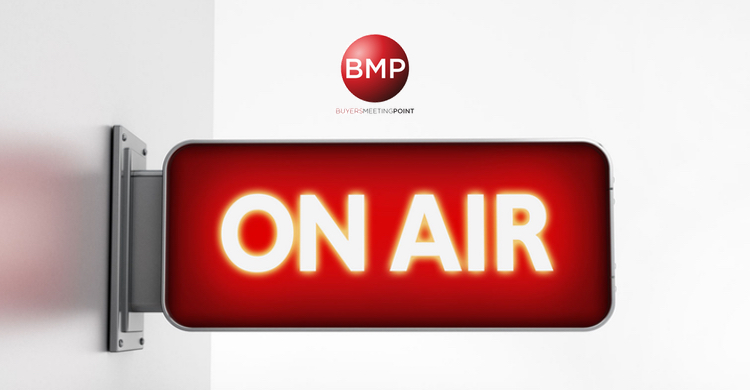
The ISM-New York Report is a highly regarded indicator of business conditions in the New York Metro area including a six-month outlook, employment index, and current and expected revenues.
For anyone new to either the ISM-New York Report on Business, or the national or other regional reports for that matter, the survey results are compiled as diffusion indices – meaning we take the percent of positive responses plus one-half of those responding that conditions remained the same (which we consider positive). A reading of 50% means no change from the prior month, greater than 50% indicates a faster pace of activity, and less than 50% a slower rate. Each month is not so much a reading of the current level of activity as it is a trend up, down, or the same from the previous month. As I run through the numbers in a minute, you can consider anything above 50 good news and anything under it… well, not so much.
A note specific to the New York Metro area, where all of this report’s respondents are located: they are predominantly in services industries: information services, finance, insurance, scientific, technical, and educational. While I’m sure that does not come as a surprise, it is important to keep in mind when you think about the trends being reported by purchasing managers through this report.
With that background, let’s transition to this month’s report.
Report Rundown
In February, New York City purchasing managers reported an 18 point drop in Current Business Conditions month over month according to the survey taken by the Institute for Supply Management-New York.
Current Business Conditions were at 54.5 in February, down significantly from the 11 year high of 72.5 in January. This index saw the largest move of any in the report this month.
The Six-Month Outlook fell for the second month in a row, down to 64.7 in February from 76.1 in January. The six-month outlook has been a reliable short-run guide for current business conditions over time.
Employment, a seasonally adjusted index, was 46.7 in February, down from 58.4 in January. Employment has now been below the breakeven point of 50.0 in eight of the last twelve months, and was the only index below breakeven in February. Quantity of Purchases increased to 55.6 in February from 50.0 in January.
In February, top line and forward revenue guidance moved together, but in the opposite direction from Current Business Conditions and the Six-Month Outlook. Current Revenues increased to 61.8 in February from 47.4 in January, and was the only index in this month’s report to come in lower than February of 2017. Expected Revenues rose for the second month in a row, up to 72.2 in February from 68.4 in January.
Prices Paid increased slightly to 61.1 in February, up from 60.5 in January.
Further Consideration
Without a doubt, the best part of being the survey chair is that it challenges me to think outside of a single company’s walls.
This month, I was focused on explaining the difference between the results for current business conditions and the six-month outlook and then current and expected revenues. Each pairing deals with one measure of today’s conditions and one measure of conditions six months from now.
Current business conditions and six-month outlook were both down significantly month over month, and current expected revenues were both significantly up month over month. How does that make any sense?
The simplest explanation is that business conditions refer to New York Metro economy as a whole, while revenues focus on just one company. Another explanation is that while the market may rise and fall during the course of any one month, a company’s top line is (hopefully) slower to change. It just doesn’t experience the same level of volatility – and there were two 1,000 point drops in the Dow in one week during the period when this data was collected, not to mention a rapid stock market correction. That absolutely affects the respondents’ view of business conditions.
Looking at how the two pairs of indices interact over time is where we go next. If the New York Metro economy goes into a period of sustained volatility, that will at some point start to affect the revenue of individual firms. For that we will have to continue to watch.
Links and Resources:




